Janis Robinson Daly is the author of The Unlocked Path, a historical fiction novel releasing on August 25.
Intrigued by the discovery that an ancestor was a founder of the Woman’s Medical College of Pennsylvania, Janis Robinson Daly found her next career direction: unearthing the stories of women whose lives have remained in the shadows. With a love of history, she balances a need for authenticity and details with a fictional flair to create deeper emotional connections to characters than what biographies provide.
A graduate of Wheaton College, MA, with a B.A. in Psychology, Daly explores female-centric issues and the power of supportive relationships developed among women. Daly, her husband, and rescue pup reside on Cape Cod, MA.
Here’s the synopsis for The Unlocked Path:
The Unlocked Path presents and embraces a “New Woman” of the early 20th century: educated, career-minded, independent. In 1897 Philadelphia, after witnessing her aunt’s suicide, Eliza Edwards vows to find ways to help and heal. Rejecting her mother’s wishes for her society debut, Eliza enters medical college at a time when only five percent of doctors are female.
With the support of a circle of women and driven by a determination to conquer curriculum demands, battle sexism, and overcome doubts, Eliza charts a new life course. Combining science and sympathy, can she triumph to heal others and herself?
Let’s get to know Janis as she talks favorite novels, research process, balancing fact and fiction and much more!
What are some of your favorite novels?
How much space do I have to answer? This is always a tough question for a few reasons. One, I have read thousands of books across my lifetime, which is several decades by now. Two, the time and place in one’s life when reading will influence a choice. If I have to limit to just novels (not biographies/memoirs and/or non-fiction), I’d have to go with those which also represent favorite authors: Gone with the Wind by Margaret Mitchell, The Red Tent by Anita Diamant, The Extraordinary Life of Sam Hell by Robert Dugoni, Hamnet by Maggie O’Farrell, Memoirs of a Geisha by Arthur Golden, Island of Sea Women by Lisa See, Beneath a Scarlet Sky by Mark Sullivan, Fall of Marigolds by Susan Meissner, The Mountains Sing by Nguyễn Phan Quế Mai, Pope Joan by Donna Woolfolk Cross.
Can I count YA novels from my childhood? Misty of Chincoteague by Marguerite Henry and the Thorton Burgess series of woodland creatures.
When did you know you wanted to become an author?
Upon learning about the courage and determination of the early graduates of Woman’s Medical College, I knew I had to bring them forward from the shadows of history. If not me, then who? If not now, then when? Since then, many more ideas for novels have sprung forth from my research.
How did a genealogy search help inspire your debut novel, The Unlocked Path?
While researching information on my great-great-grandfather, William S. Peirce, Esquire, one return hit featured a snippet from FamousAmericans.net: He took an active part in founding the Woman’s Medical College (WMC) in Philadelphia. As a graduate of Wheaton College in Massachusetts, then a women’s college, this piqued my interest and sent me down the rabbit hole of research.
As I learned more about the graduates of WMC, I discovered similar supportive relationships established between students, faculty, and alumnae, as I had found at Wheaton. Among the graduates, one woman spoke to me through her application letter. Written by 17-year-old Anandibai Gopal Joshi from India, she states in part, “The voice of humanity is with me, and I must not fail. My soul is moved to help the many who cannot help themselves.”
What was your research process like when crafting the novel?
Writing historical fiction requires much more research than general fiction where you may only need to visit a setting to get a feel of place or speak with professionals in a field that a character is involved with for their career. I started with fact-finding through non-fiction books about women in medicine and moved on to original sources such as diaries, grade books, annual reports, photos, and a few objects which I was able to see and touch thanks to the archives at Drexel University (Woman’s Medical merged with Drexel).
I also interviewed women medical students and doctors to develop my characters and their emotional responses within scenes, as well as follow an Instagram account #womeinmedicine. Reading other comparable books spurred ideas and books and newspapers published within my time period of 1897 – 1920 offered a look at influences of the day, language used, clothing worn.
How do you find the right balance between fact and fiction when writing historical fiction?
As a history lover, a fine line exists to go overboard with too many facts which I may find interesting, but readers may find a complete bore. I challenged myself to answer a few questions: What purpose does this information serve? Does it move the story forward or does it bog down a reader’s pace? I also relied on feedback from beta readers and editors to identify spots I had left in with irrelevant information.
Without giving away spoilers, what was your favorite part and/or chapter to write?
It’s not a spoiler to share that the main character attends the Woman’s Medical College of Pennsylvania. The chapter where Eliza and her classmates celebrate their graduation after four long years of study, lab work, exams, and practicums, put me in Eliza’s shoes, sharing her accomplishments derived through sheer will, persistence, and self-sacrifice, in some ways similar to the work of a debut novelist. As a graduate of a women’s college, I also pulled forward the sense of sisterhood which develops among the classmates. That sensation was easy to summon. I still have extremely strong bonds with my classmates.
Today they celebrated their futures. They would not be bound by constraints of tradition but directed forward with joy in their hearts and the bonds of sisterhood. Forevermore, they would champion each other with a sense of connectedness and commitment. The success of one was the success of all.
Are you available to meet with book clubs? What’s the best way to reach you?
Yes – I love being a member of several book clubs and look forward to meeting with others. I have an easy form available on my website to request an author chat over Zoom, or potentially in-person pending location. I also have a downloadable book club kit available on my website with Reader Discussion Questions, recipes, and character profiles: www.janisrdaly.com/book-clubs/
What are you currently reading and what’s on your TBR (to be read) list?
The newest from Geraldine Brooks, Horse – because you can’t go wrong with anything Geraldine Brooks writes, an ARC of Hardland by Ashley Sweeney before its September 13 release, Five Little Indians by Michelle Good for one of my Facebook historical fiction book club, and We Never Said Goodbye, Memories of Otto Frank by Ryan Cooper, a local author who I saw speak at my public library. Plus, about 54,386 other books in my TBR pile and Kindle and Audible libraries.
Click here to order The Unlocked Path on Amazon.
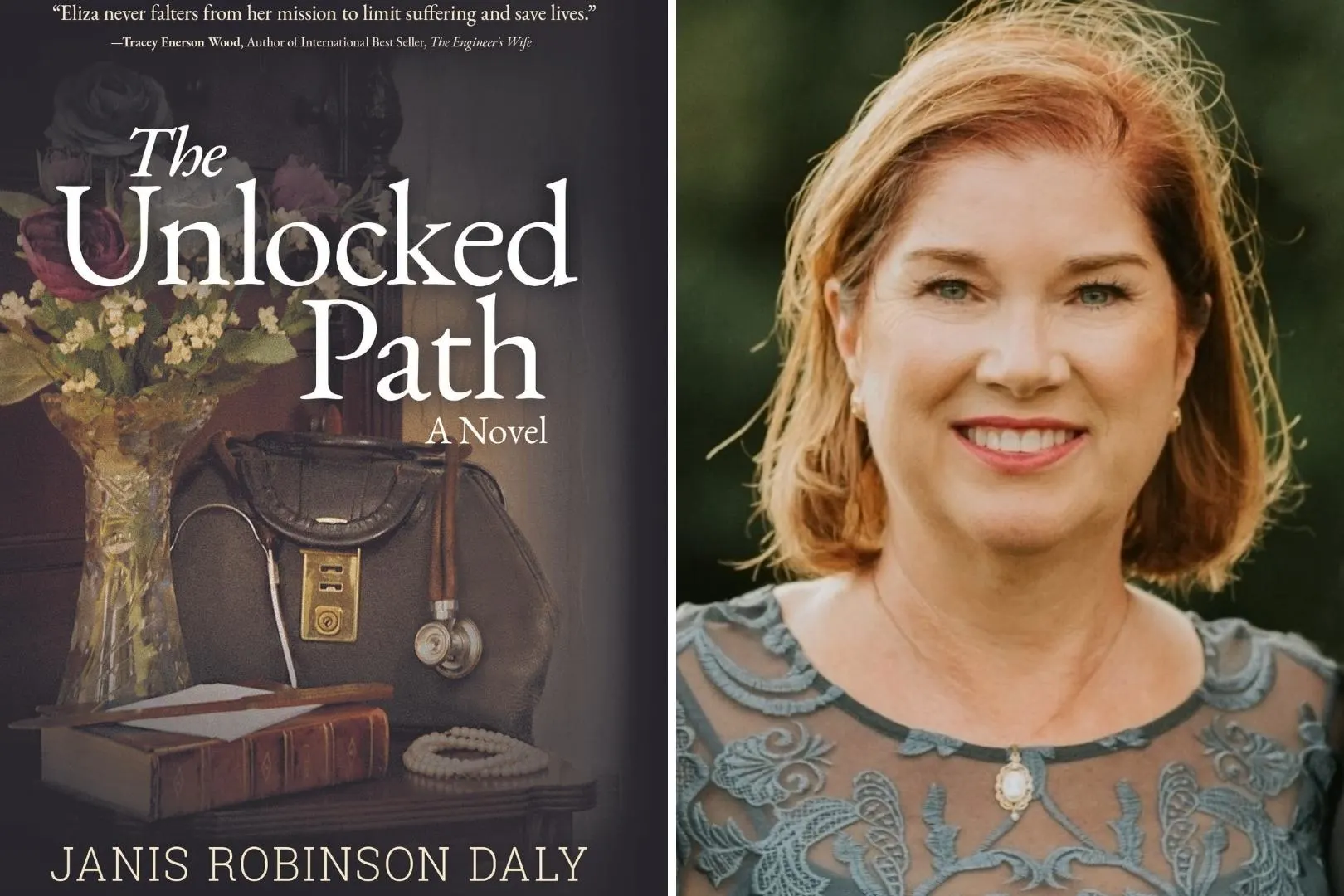
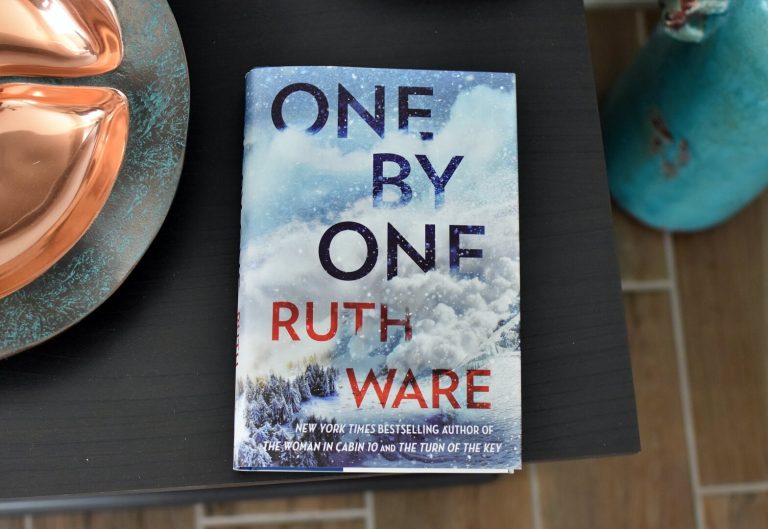
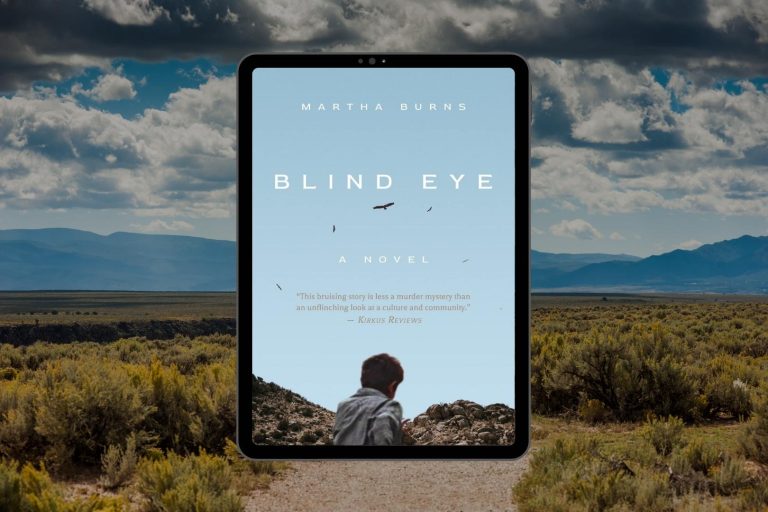
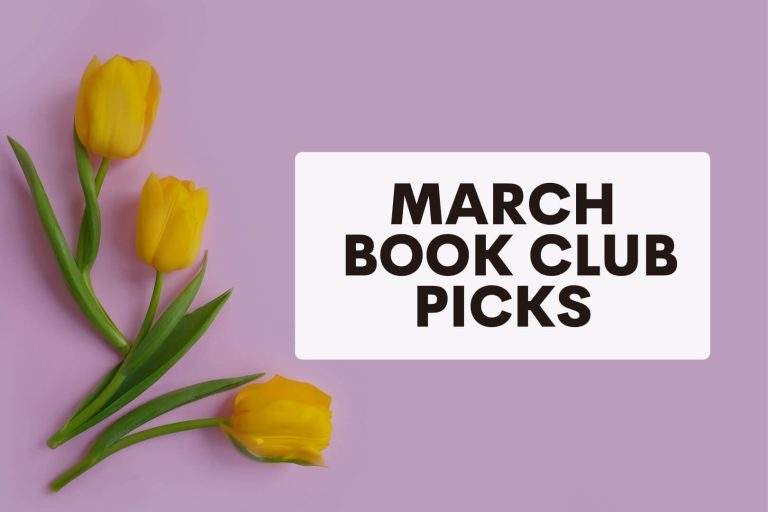
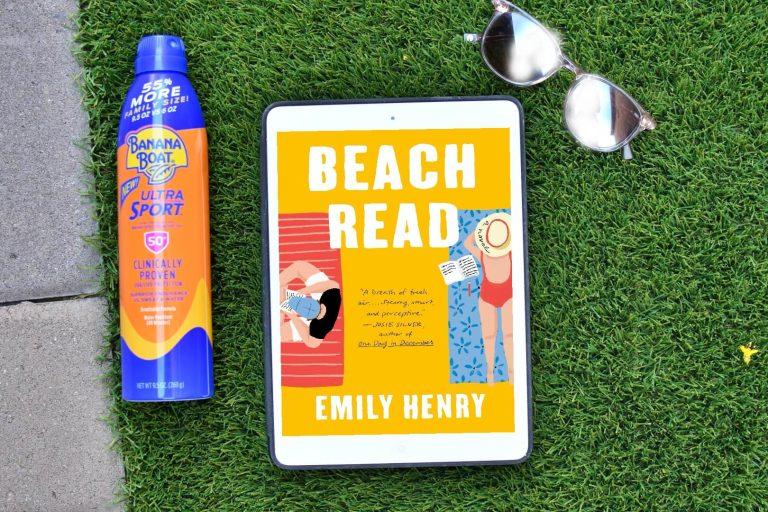

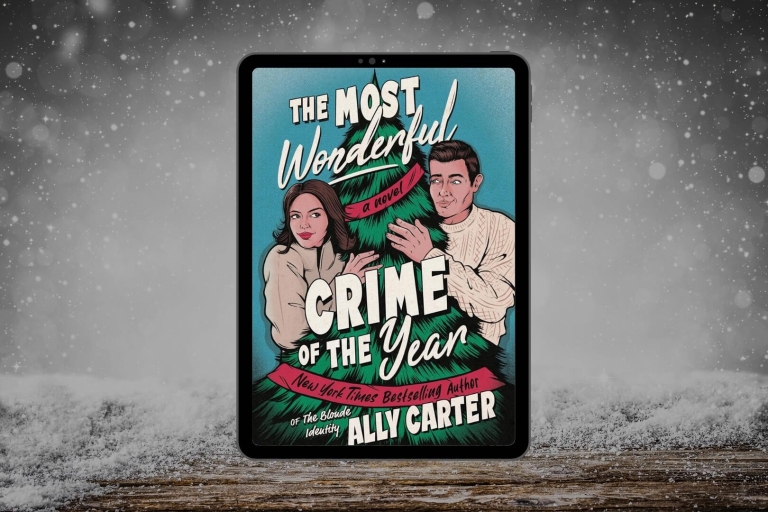
Chris Riddle
Thursday 8th of September 2022
Janis, Loved reading about you, and can’t wait to read your book.
Chris Riddle
Janis
Saturday 10th of September 2022
@Chris Riddle, so nice to hear from you!! I'll be in FL in Feb. Check my website for more info. Hope you enjoy the book.